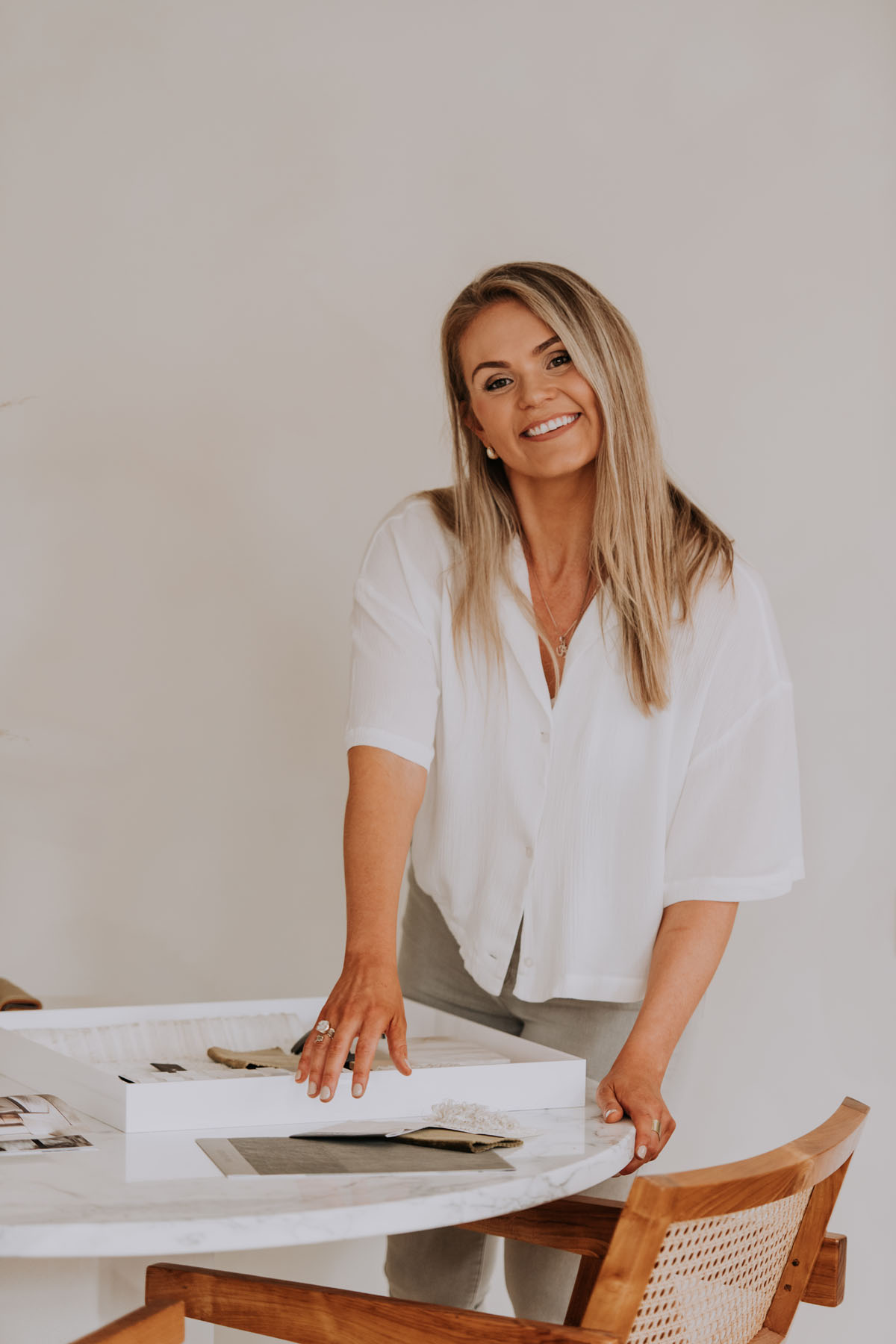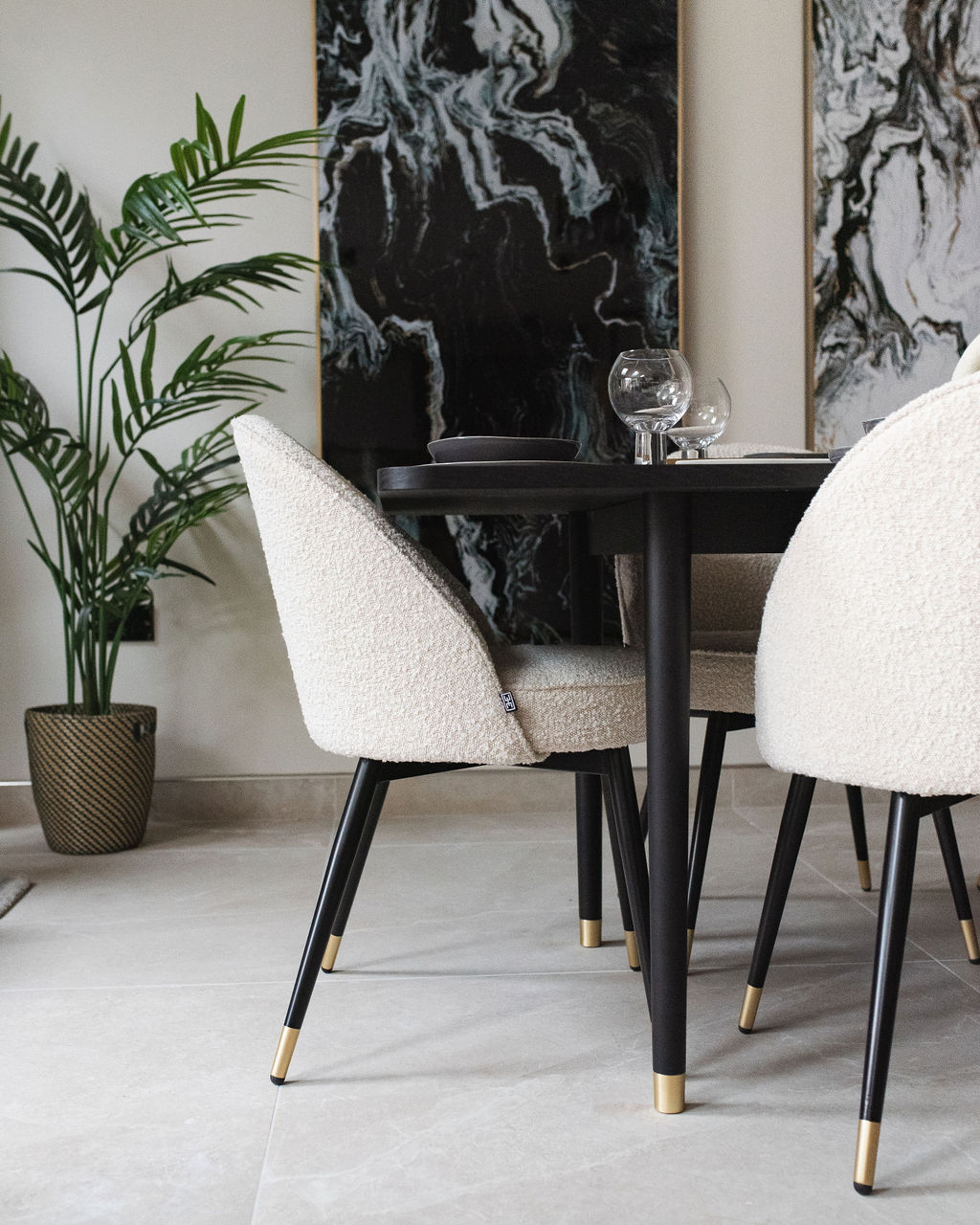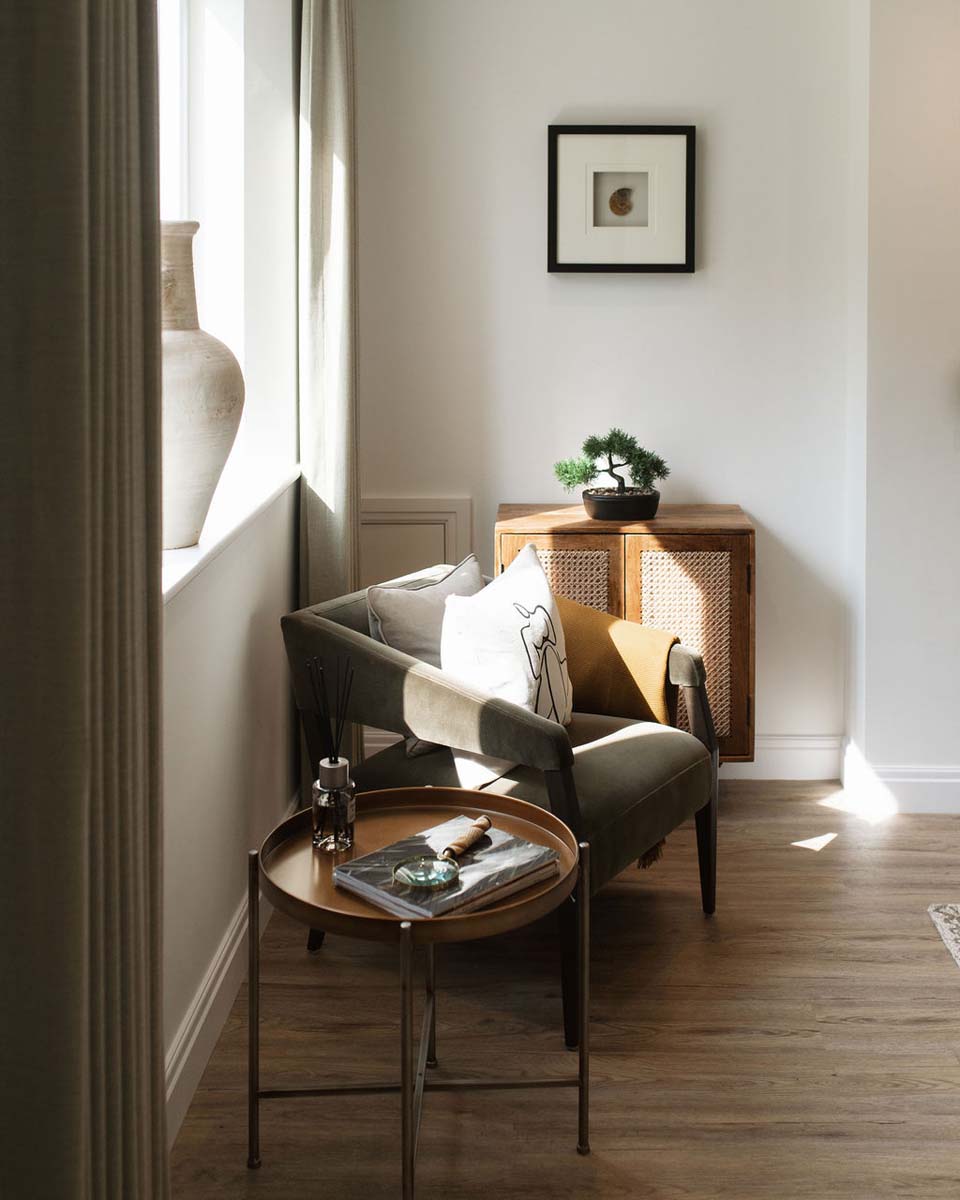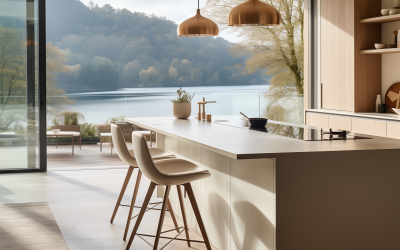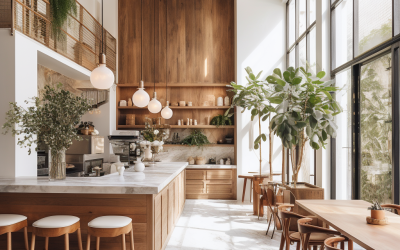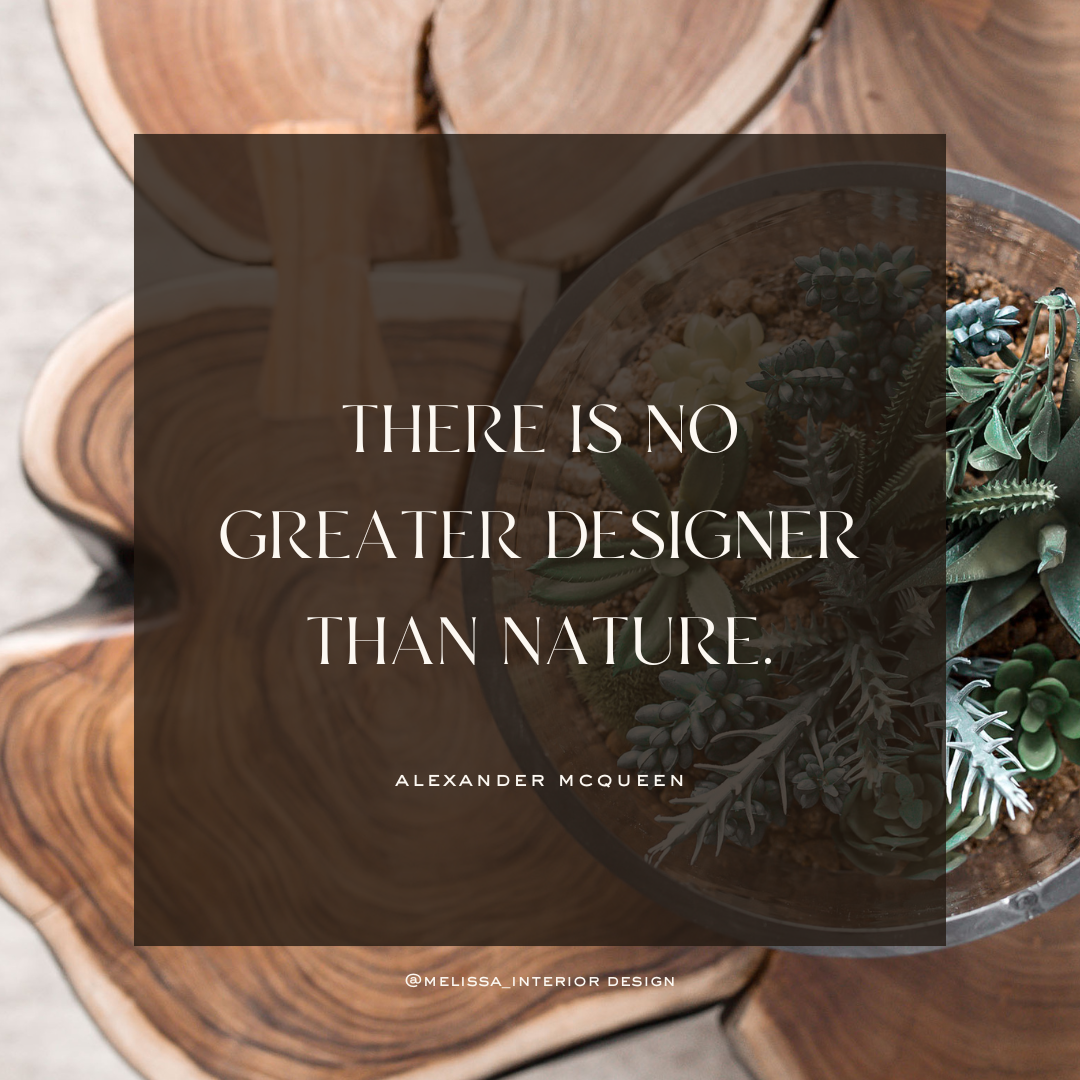

what is biophilic interior design?
Biophilic interior design is a hot topic in the interior design world at the moment…but what exactly does it mean? Biophilia is defined as the innate affinity of human beings to integrate with other natural life forms. Scientists really have a way with words, don’t they?
What that really means is that human beings are genetically programmed to want to be immersed in nature. Have you ever noticed that you feel calmer and more relaxed when you have spent time outside amongst nature? That is what Biophilia is all about!
Scientists have conducted studies which prove that spending time in nature has positive effects on our health and wellbeing, not just our mental health but our physical health too! Just 20 minutes outside in a natural setting can reduce stress levels significantly. Since 90% of all disease is caused by high levels of the stress hormone, cortisol, it is no surprise that results can include lowered blood pressure, relief from anxiety and depression as well as a boost in immune system function…to name but a few.
Think about it this way, humans came from nature but we have created a society that is so far removed from this idea that many of us have forgotten all about that. Spending most of our time inside, many of us living in built-up urban areas surrounded by street noise, ambient light and hard surfaces, which means we are living lifestyles without any exposure to natural elements. It is becoming quite common knowledge that if you want to feel good, take yourself out in nature!
why biophilic interior design is important.
Good interior design is aimed at enhancing the lives of the people using the space. What better way to enhance someone’s life than by helping them to become healthier? Biophilic interior design focuses on bringing aspects of the natural world into interior spaces to create a sense of harmony, peace and wellbeing for the people using that space. The spaces we occupy have a direct influence on our physiology, and in turn affect our health, either positively or negatively.
There is a relatively new field of research called neuroaesthetics which is concerned with the neural mechanisms at work behind aesthetic experiences. Put more simply? It is the science of what happens in our brains and bodies when we perceive something visually. It is largely rooted in evolutionary biology and psychology and often refers back to what I called “the caveman days” when we were hunter-gatherers. The ability of the human brain to read and encode surroundings has been an important prerequisite for our existence and survival since the dawn of humanity.


Most of what we take for granted today has only existed for the briefest of moments in evolutionary terms whereas our basic biological needs and the human brain have been shaped by evolution over millions of years. If the history of mankind were reduced to a single day, we humans lived as hunter-gatherers for approximately 23 hours and 59 minutes! It is only during a fraction of the very last minute that we have lived in our modern surroundings, where unforgiving urban environments are the norm and technology rules our everyday lives. Our brains are therefore created and programmed for a caveman existence, the life that our ancestors lived as hunters and gatherers, and it has not had the chance to catch up!
It is fairly well known that inflammation in the body is the root cause of many serious diseases and illnesses. The environments we find ourselves in can have a huge impact on stress levels and therefore on inflammation. So far neuroaesthetics has taught us that our body reacts physically to perceived beauty. When we see something aesthetically pleasing, it has a calming effect on the body due to the activation of the parasympathetic nervous system (the same thing that makes savasana at the end of a yoga class so blissful). When the parasympathetic nervous system is activated, this results in a slower heart rate therefore lower blood pressure.
It appears that there is an evolutionary advantage to aesthetically pleasing spaces and our brains seem to have been programmed to find beauty attractive for a health-related purpose! When we experience a sense of awe at something we consider beautiful, such as art, music or nature, this can have an anti-inflammatory effect and stimulate the release of the neurotransmitter dopamine, which is central to the body’s reward system and well-being. Isn’t the human body astounding?!
You might be wondering by now how you can translate this into your own experience, well… you’re in luck. Just keep reading.
so with all that geeky stuff in mind, here are my top tips on how to bring biophilic interior design into your home so you can start reaping the benefits of being in touch with nature.
1. plants
Here is a fairly obvious one, integrate plants into your home!
Not only do plants naturally lower our blood pressure just by their presence, they also purify the air. Plants survive on Carbon Dioxide, the waste product of human respiration and in turn, their waste product is oxygen…how amazing is nature? Increased oxygen levels in the blood mean our bodies can work more efficiently; so having plants in your home can directly impact your health in a positive way!
Not to worry if you don’t have a green thumb, fake it ‘til you make it baby! Buying faux plants can have a similar effect, as studies have shown that even looking at pictures of trees and vegetation lowers blood pressure! Wowsers!
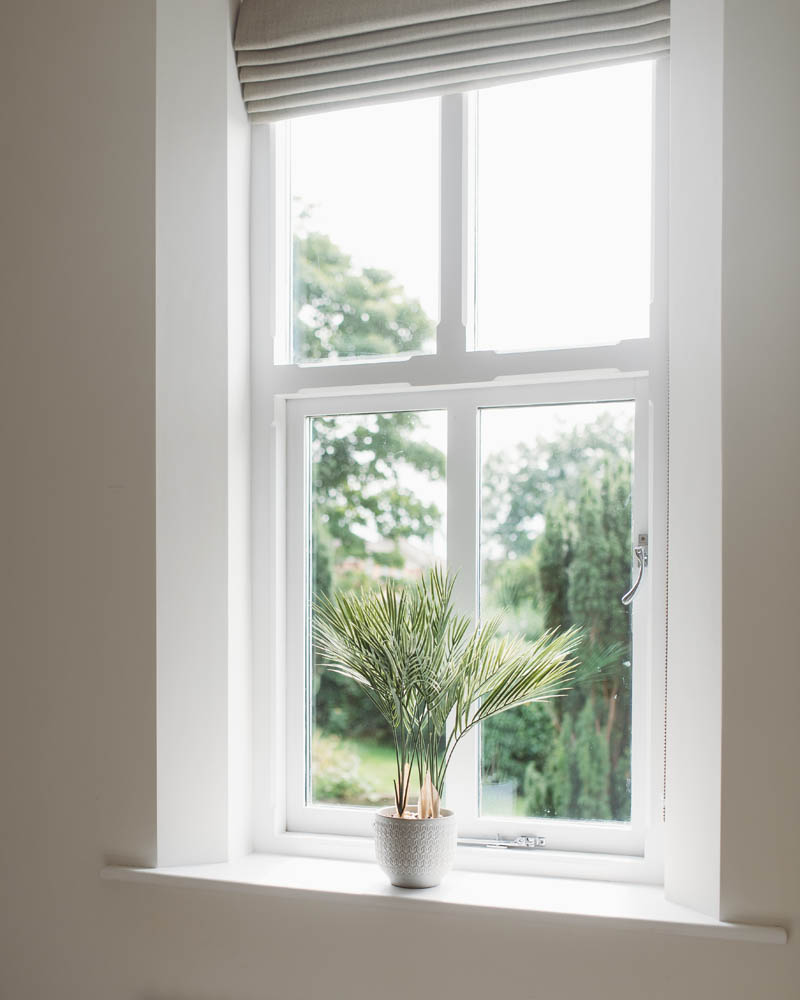

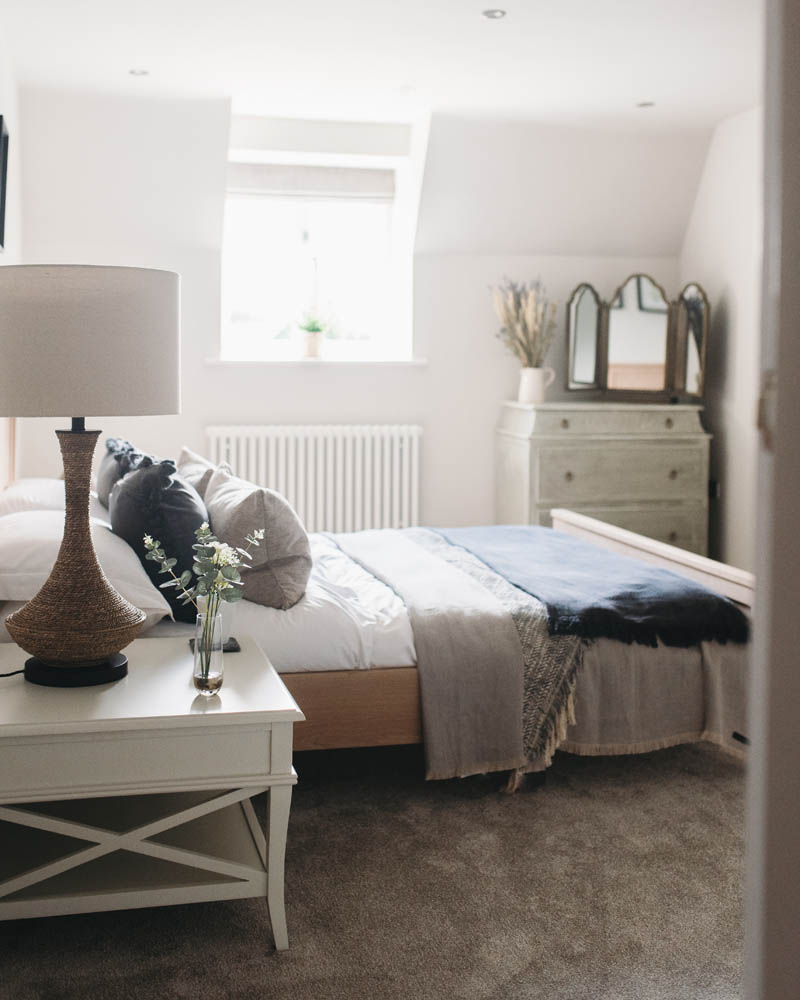

2. sunlight
It’s not just plants who benefit from sunlight, so do we! Sunlight not only enhances our mood but it also provides us with vital vitamins.
Don’t get me wrong, I am all for blackout curtains in the bedroom BUT, make sure that the curtains are designed so that when they are drawn they let the most amount of natural light into the room as possible! Make sure that when they are open the don’t obscure any of the glass and that any pelmets do not cover too much of the window either.
In other areas of the house window treatments like sheers, plantation shutters or venetian blinds can still create privacy but allow the light to flow into the room. Oh, and skylights are another fab way to let that all-important sunlight in.
The Vitamin D delivered to the body in sunlight can regulate the amount of calcium and phosphate in the body and so promote bone health…get those curtains open!
3. natural material & finishes
Using raw, unfinished materials like wood and natural stone in your home will create a subtle feeling that is reminiscent of the outdoors…somewhere that, whether you know it or not, your body likes to be. This rustic look can be very subtle, try playing with textural contrast by bringing a gnarly piece of wood into a clean and contemporary scheme for the most visual impact.
Personally, I have always loved nature and it influences my design choices. I gravitate towards textured natural finishes over manmade, bright, bold patterns and the result is a wholesome and calming feel. So why not give biophilic interior design a try and welcome some natural elements into your home? It could be just what the doctor ordered!
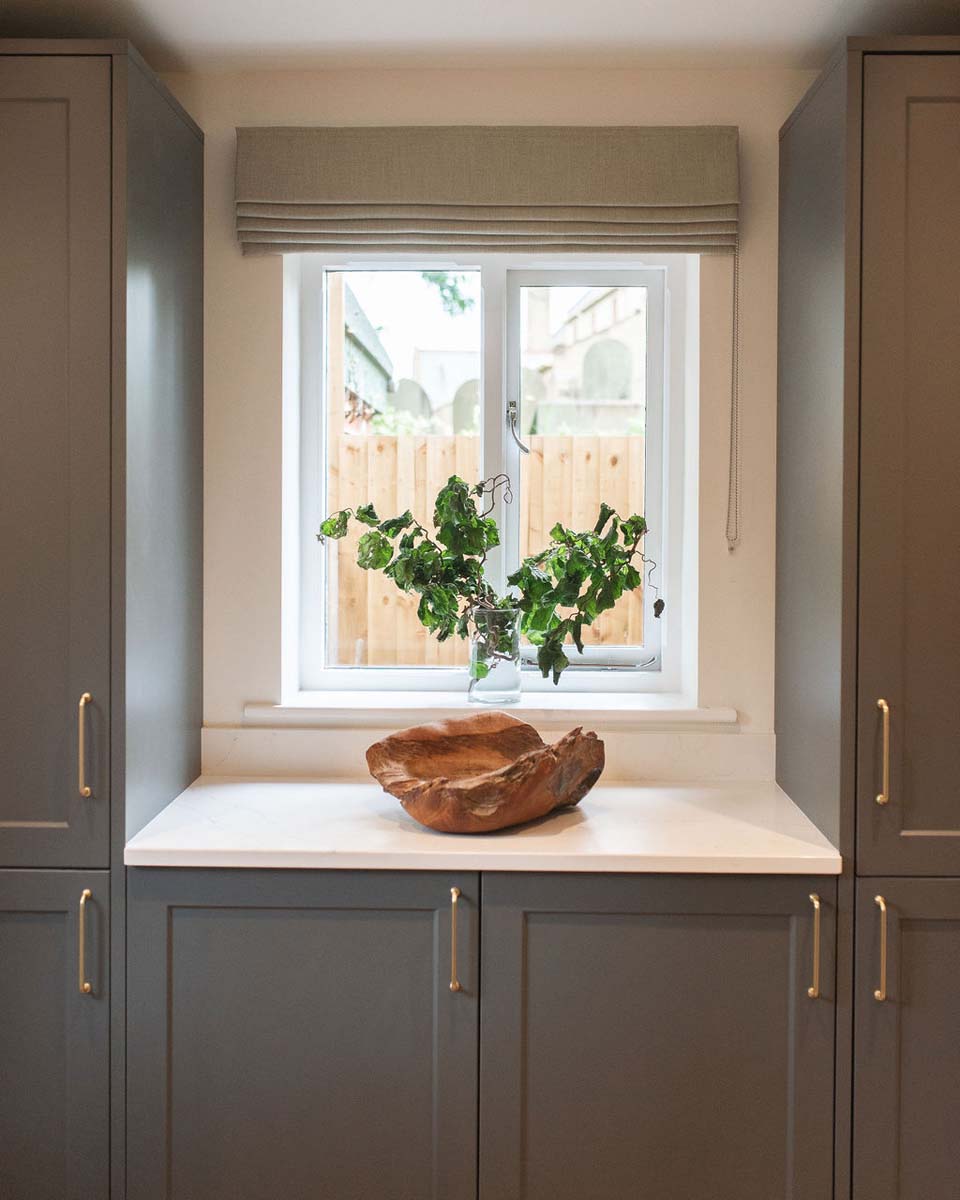

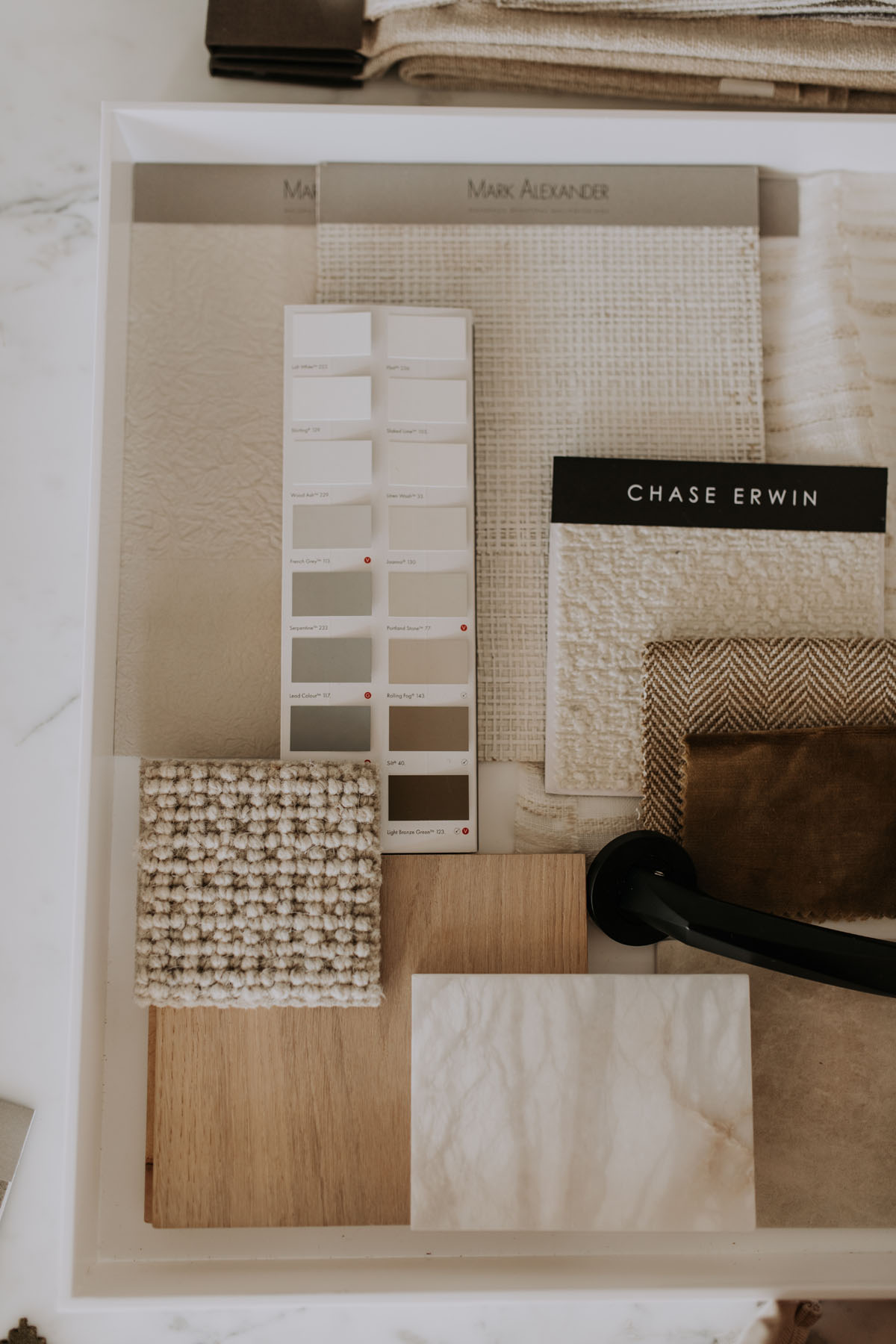

4. earthy colour palettes
When exploring what colours work within your home, I always recommend to incorporate earthy colour palettes. Colours that surround us can have a direct impact on our psychological makeup and the function of our cognitions and emotions.
Choosing colours that are linked closely with nature has a calming effect on our nervous system, thus creating a relaxing and reassuring environment.
Earthy colour palettes are often deemed to be not only more functional throughout the home but also more settling.
Allowing colour to move you and set the atmosphere for your home is a great way of incorporating biophilic interior design.
5. organic shapes
Clean straight lines, as alluring as they may seem from a design perspective, are not found in nature and do not send calming signals to your nervous system.
The brain perceives rounded shapes as less threatening than sharp, straight-edged corners. The latter can trigger stress due to sharp objects having represented a threat to life in caveman days, a sensitivity that remains programmed into our biology. Rounded shapes, on the other hand, do not pose a threat and can facilitate socialising.
Rounded shapes can promote social relationships since subconsciously we are feeling less triggered, therefore we are more likely to interact in a calm and empathetic manner. As well as their shape and form, the placement of furniture items can also have an impact.
For example, it is important to place furniture to create a space where as many people as possible feel comfortable. Avoid confrontational arrangements, for example, placing many pieces of furniture along a wall or two or more directly facing each other. The brain can perceive these layouts as provocative, which can, in turn, lead to feelings of insecurity and/or aggression. Instead, try to place furniture at a slight angle or diagonally. This creates a more relaxed feel, making it easier to socialise.
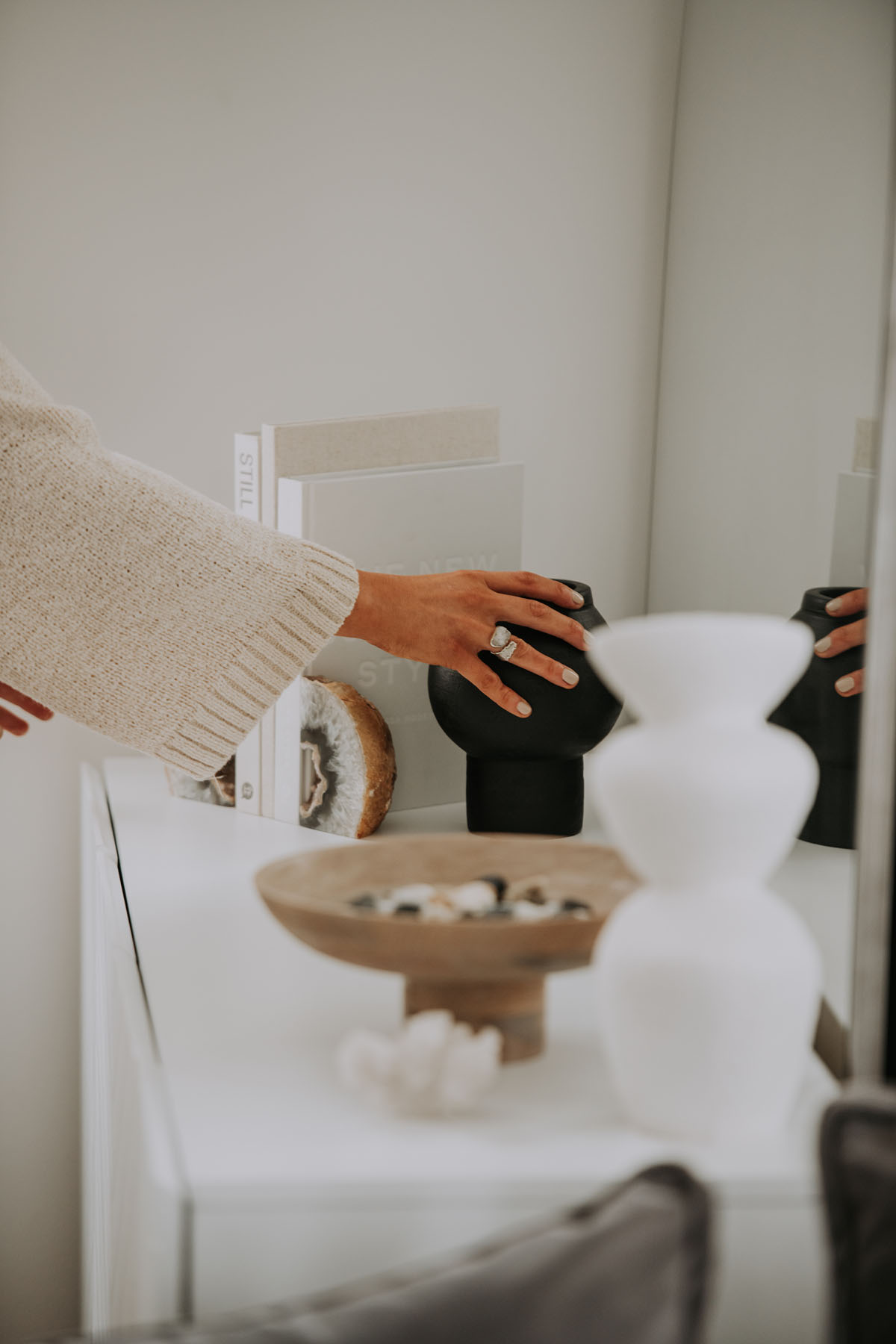

summary
Biophilic design is possibly one of the most important elements to consider when practicing holistic interior design. Our innate longing to connect with nature is there for a reason, evolutionarily speaking, and our avoidance of and ignorance towards that fact is negatively affecting our society as a whole.
further reading
If you are interested in learning more about this topic then get your hands on this book: Designfulness by Isabelle Sjövall. A lot of the facts I have shared in this post come from this book – I highly recommend it! ♥
Check out this interesting Psychology Today article which also champions the great outdoors.
how i can help…
If you are interested in this approach to interior design and have a project in mind, check out my services page and explore how we can work together.
Alternatively, give me a call!


